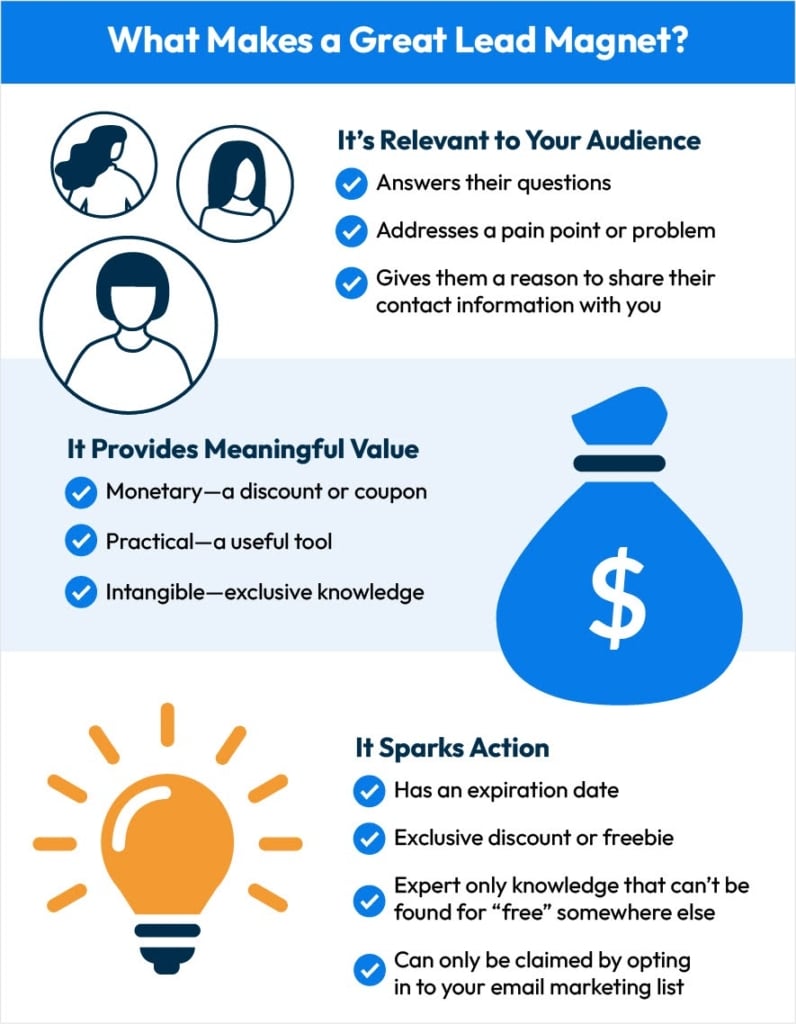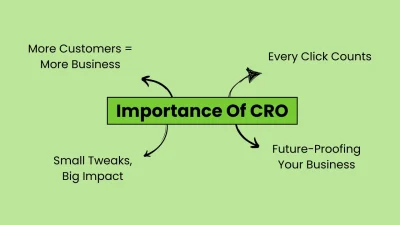Your website isn’t just a digital brochure — it’s a powerful tool for attracting, engaging, and converting potential customers. When optimized correctly, it becomes a lead magnet: a system that consistently pulls in qualified leads and nurtures them toward conversion. In this blog, we’ll explore how to transform Your Website as a Lead Magnet machine.
1. Understanding the Concept of a Lead Magnet
A lead magnet is any valuable resource offered in exchange for a visitor’s contact information — typically an email address. Common examples include:
- Ebooks and whitepapers
- Free trials or demos
- Webinars
- Checklists and templates
- Discount codes or exclusive offers
Your website is the perfect place to host and promote these assets.
2. The Psychology Behind Lead Magnets
Effective lead magnets tap into psychological triggers:
- Reciprocity: People feel compelled to return a favor.
- Scarcity: Limited-time offers drive urgency.
- Authority: Expert content builds trust.
- Social proof: Testimonials and case studies validate your offer.
Designing your website with these principles in mind can significantly boost conversions.
3. Optimizing Your Homepage for Lead Generation
Your homepage is prime real estate. Here’s how to make it work:
- Clear Value Proposition: Communicate what you do and why it matters.
- Prominent CTA (Call-to-Action): Use buttons like “Download Free Guide” or “Get a Free Quote.”
- Lead Capture Form: Keep it short — name and email are often enough.
- Trust Signals: Add client logos, testimonials, and security badges.
4. Creating High-Converting Landing Pages
Landing pages are designed with one goal: conversion. Key elements include:
- Compelling Headline
- Benefit-Driven Copy
- Visuals or Video
- Social Proof
- Single CTA
- Minimal Distractions
Use A/B testing to refine your landing pages over time.

5. Content Marketing as a Lead Magnet Strategy
Content builds trust and attracts organic traffic. Focus on:
- Blog Posts: Solve problems your audience faces.
- SEO Optimization: Target keywords with buyer intent.
- Content Upgrades: Offer downloadable resources within blog posts.
- Internal Linking: Guide readers to lead capture pages.
Example: A blog on “10 UX Mistakes That Kill Conversions” could offer a free UX checklist as a lead magnet.
6. Using Pop-Ups and Slide-Ins Wisely
Pop-ups can be effective if used strategically:
- Exit-Intent Popups: Trigger when users are about to leave.
- Scroll-Based Popups: Appear after a user scrolls 50% of the page.
- Time-Based Popups: Show after a set time on site.
Always offer something valuable and avoid being intrusive.
7. Integrating Chatbots and Live Chat
AI-powered chatbots can qualify leads in real-time:
- Ask pre-qualifying questions
- Offer downloadable resources
- Schedule demos or consultations
Live chat adds a human touch and can boost trust and conversions.
8. Leveraging Testimonials and Case Studies
Social proof is a powerful motivator:
- Video Testimonials: More engaging than text.
- Case Studies: Show real-world results.
- Ratings and Reviews: Build credibility.
Place these strategically near CTAs and lead forms.
9. Mobile Optimization for Lead Capture
With mobile traffic dominating, your site must be:
- Fast-loading
- Easy to navigate
- CTA-friendly
- Form-optimized
Use tools like Google’s Mobile-Friendly Test to evaluate performance.

10. Email Capture Strategies That Work
Beyond forms, try:
- Newsletter Signups
- Gated Content
- Referral Programs
- Contests and Giveaways
Make sure your email marketing platform is integrated for seamless automation.
11. Using Analytics to Refine Your Strategy
Track and optimize:
- Conversion Rates
- Bounce Rates
- Form Abandonment
- Traffic Sources
Tools like Google Analytics, Hotjar, and HubSpot can provide deep insights.
12. Lead Nurturing After Capture
Capturing a lead is just the beginning. Nurture them with:
- Email Sequences
- Retargeting Ads
- Personalized Content
- Follow-up Offers
The goal is to move them down the funnel toward a sale.

13. Common Mistakes to Avoid
- Asking for too much info upfront
- Poor mobile experience
- Weak or unclear CTAs
- No follow-up strategy
- Ignoring SEO
Avoid these to maximize your lead generation potential.
14. Tools to Help You Turn Your Website into a Lead Magnet
- LeadPages: For landing pages
- ConvertKit / Mailchimp: For email marketing
- OptinMonster: For pop-ups
- HubSpot: For CRM and automation
- Google Analytics: For tracking
Choose tools that integrate well with your existing stack.
Conclusion: Your Website Is Your Best Salesperson
When designed with intention, your website becomes more than a digital presence — it becomes a lead magnet that works 24/7 to grow your business. By combining smart design, compelling content, and strategic lead capture techniques, you can turn casual visitors into loyal customers.





